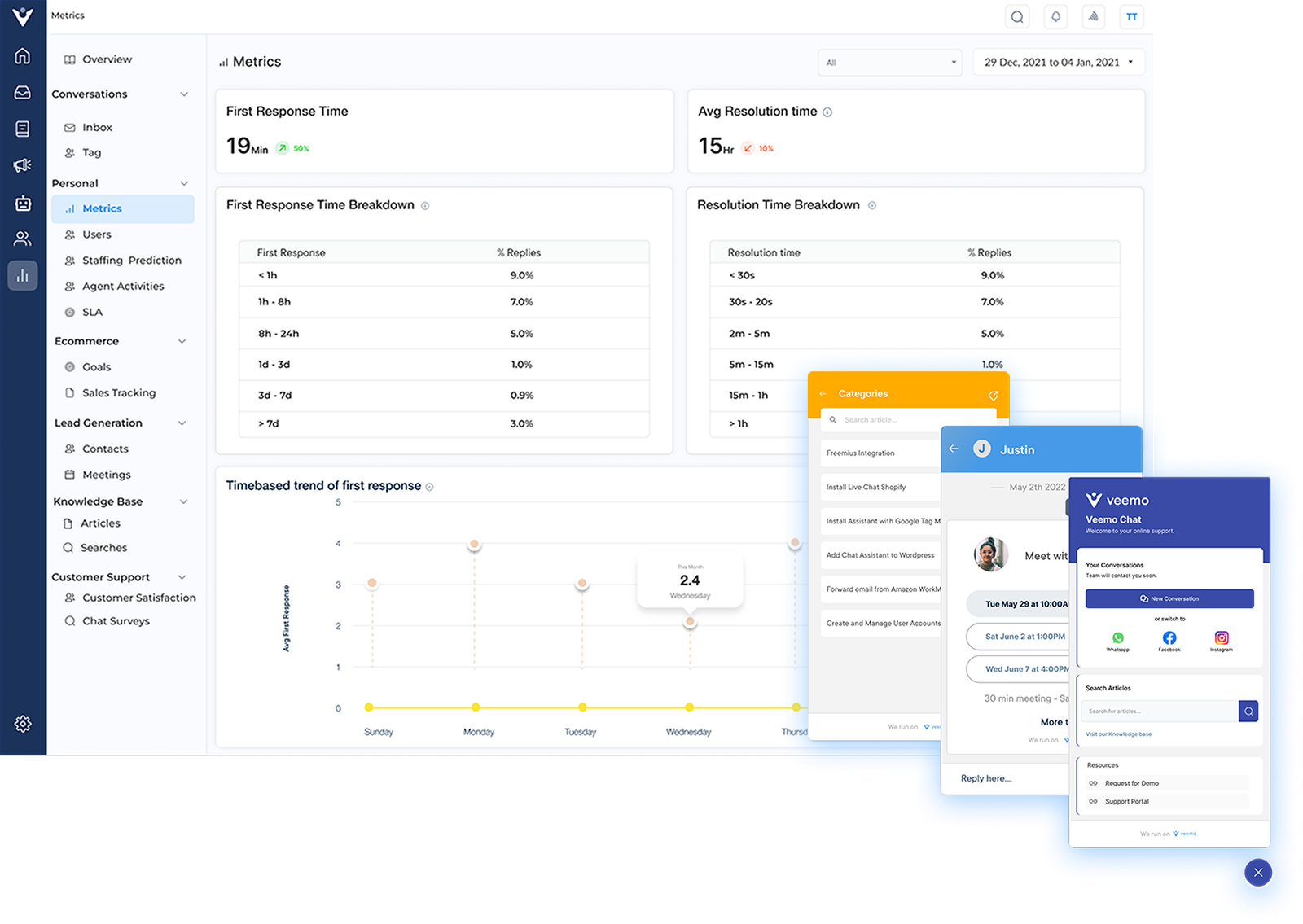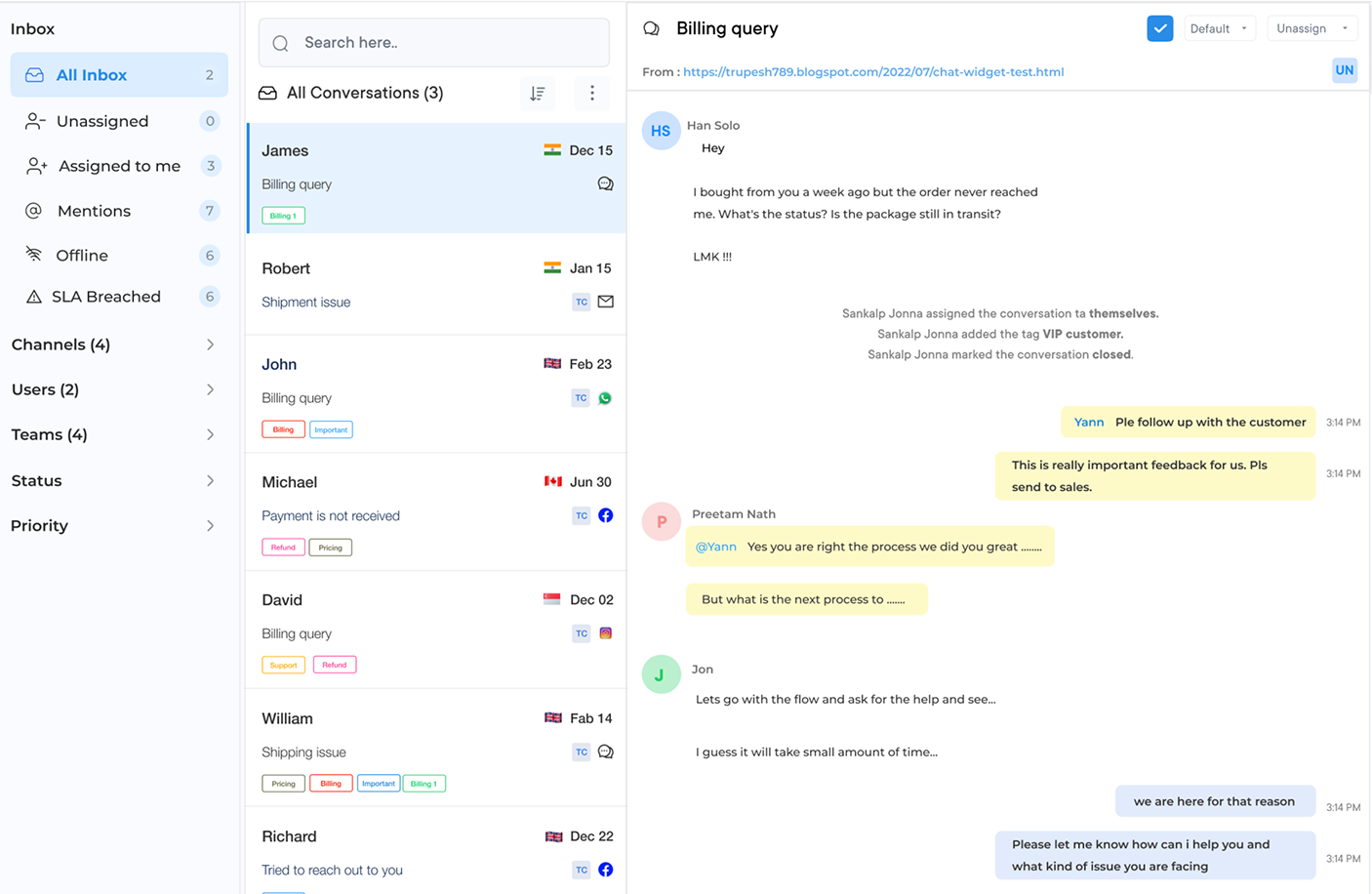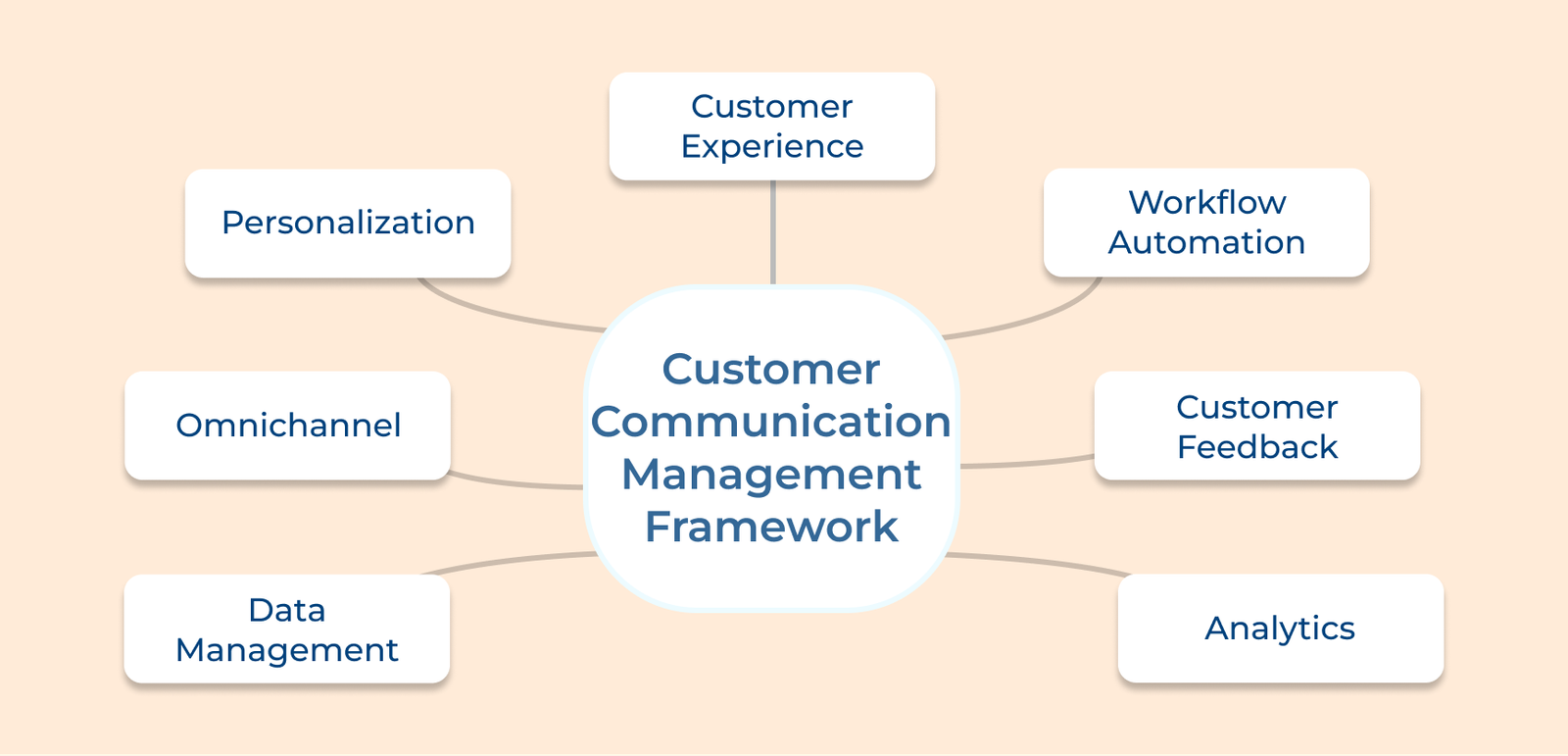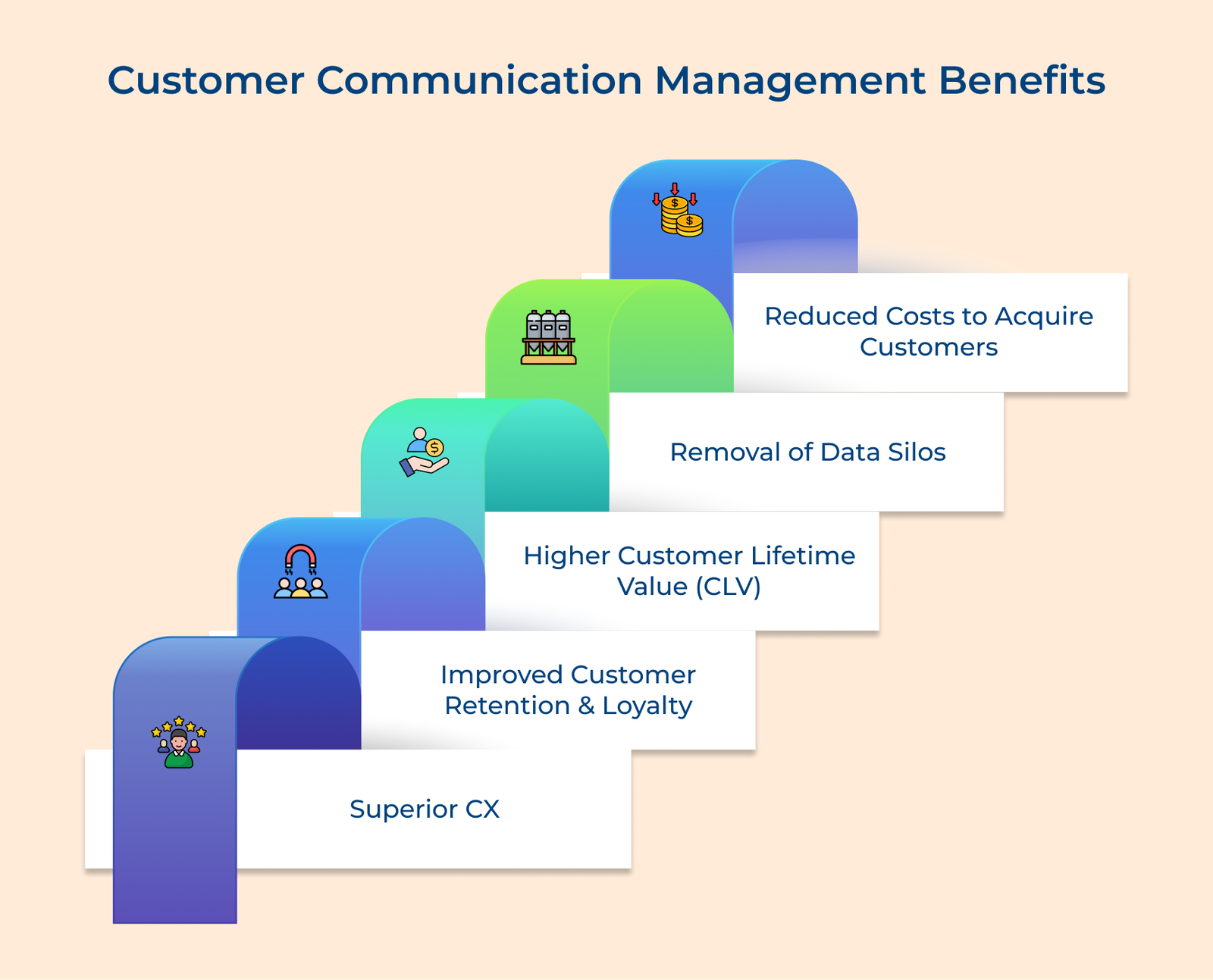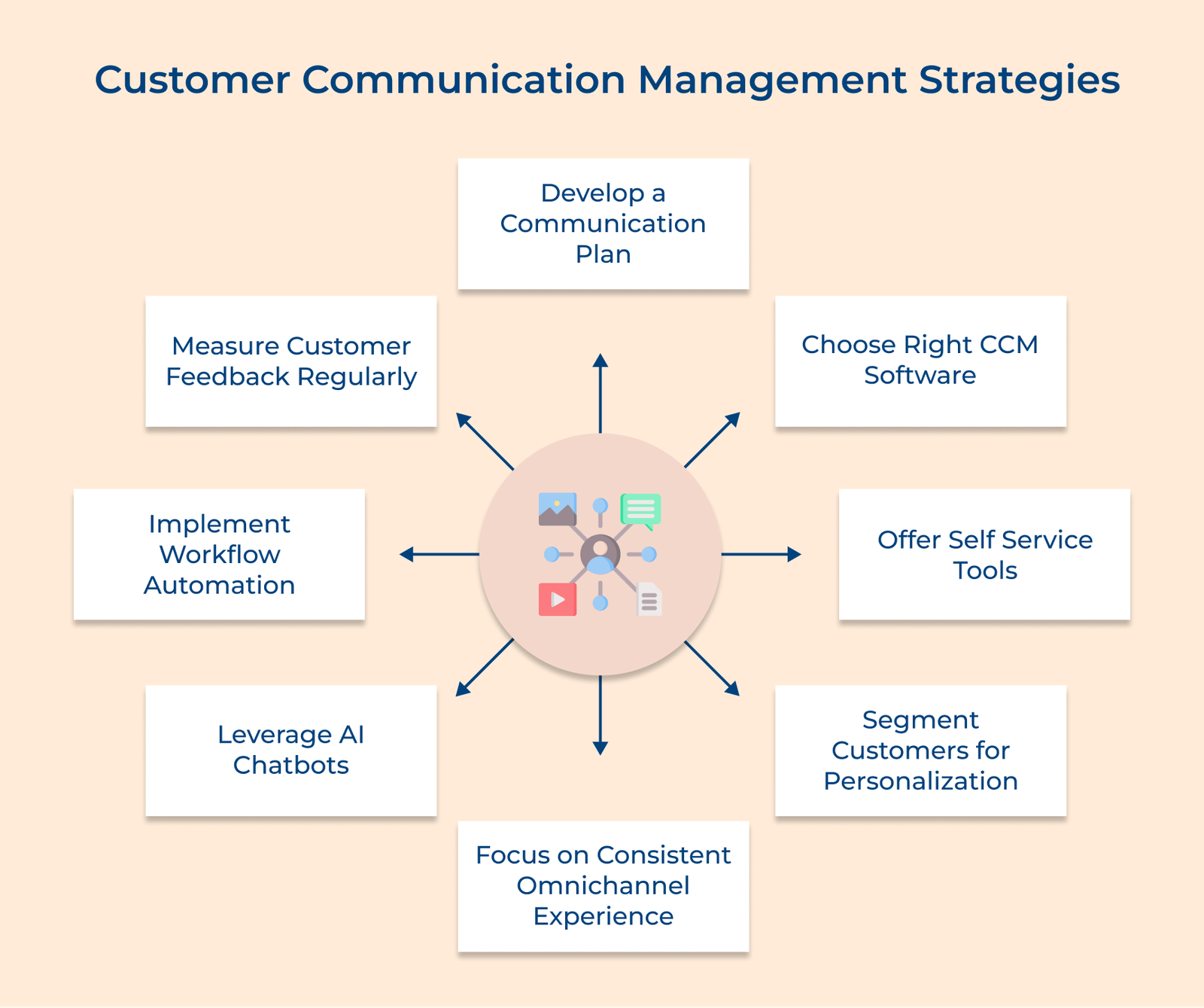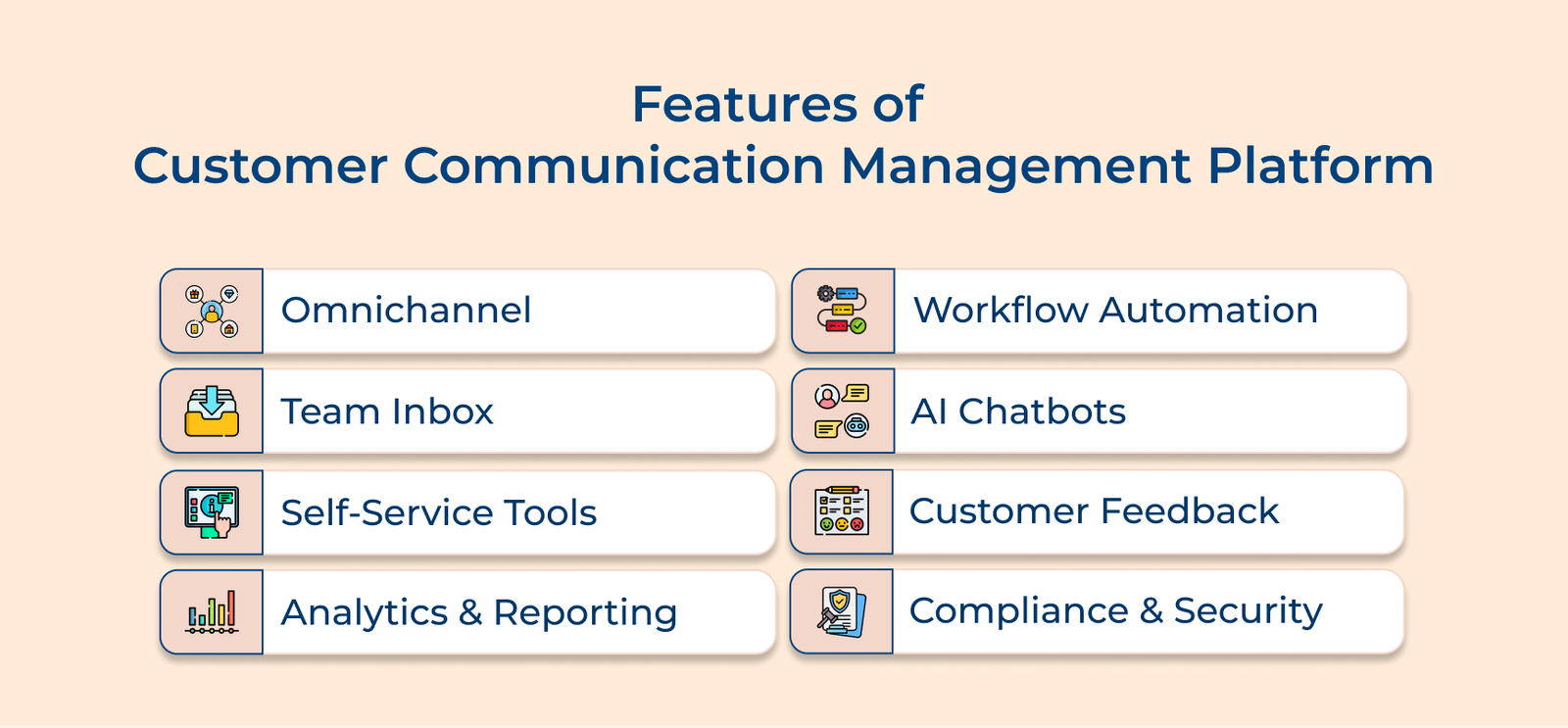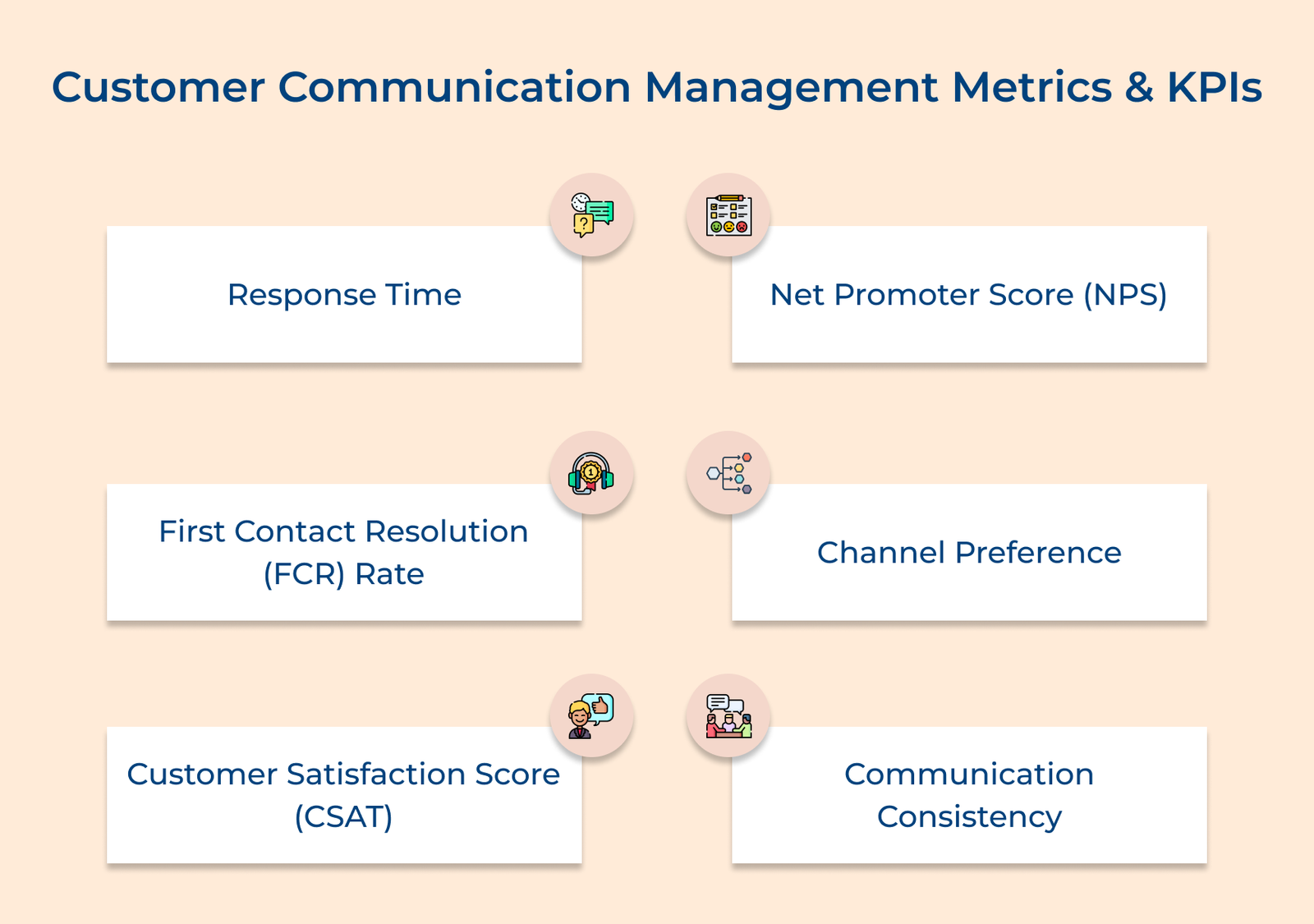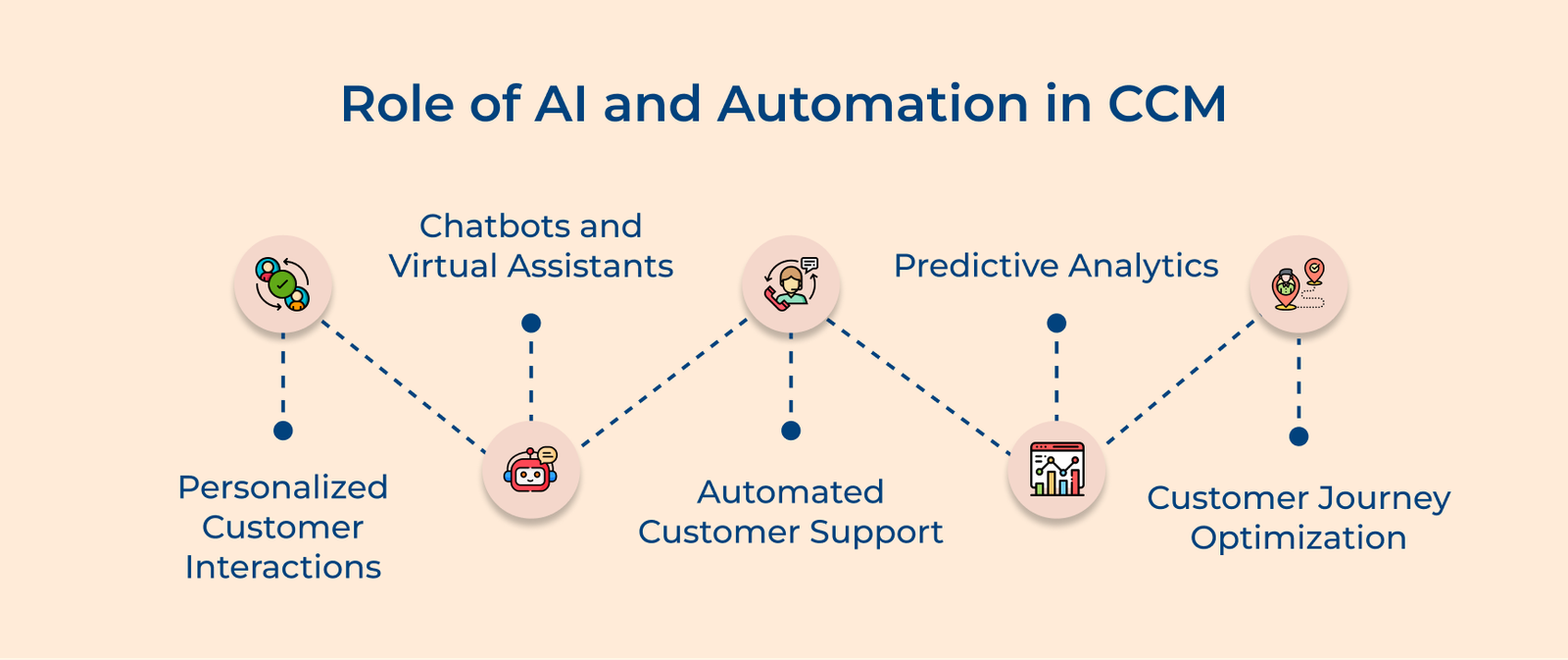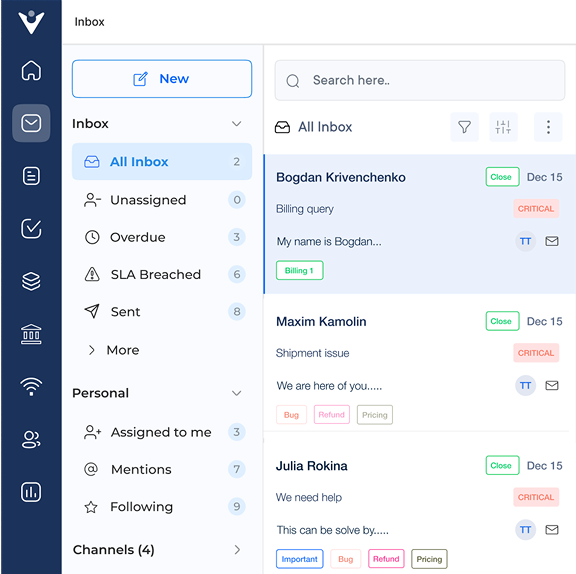1. Develop a Communication Plan
A communication plan outlines the goals, target audience, and messaging of a company’s communication efforts. By having a structured plan in place, businesses can ensure that their messages are consistent and targeted towards the right audience.
Determine what you want to achieve, whether it’s to promote a new product, build brand awareness, or provide customer support. Next, understand your target audience’s needs, preferences, and the channels they use to receive information.
Once you have a clear understanding of your objectives and target audience, craft your messaging accordingly. Tailor your messages to be concise, relevant, as well as engaging. Use various communication channels such as social media, email, or even in-person interactions to reach your customers effectively.
Pro tips:
- Identify your target audience and understand their communication preferences.
- Determine the communication channels that will be most effective for reaching your customers, such as email, social media, or direct mail.
- Set clear communication goals and objectives to guide your messaging while ensuring consistency.
- Establish a schedule for regular communication, including both proactive outreach and responsive communication to customer concerns.
2. Choose Right Customer Communication Management Software
CCM software helps businesses streamline their communication processes, automate personalized messaging, and enhance customer experience. Businesses must first assess their specific communication needs and goals. It involves evaluating factors such as the volume/complexity of communications, desired personalization capabilities, and integration with existing systems.
Scalability and customization are also essential factors to accommodate future growth. During the implementation process, businesses must also evaluate the effectiveness of the CCM software regularly. Monitoring key performance metrics, such as response rates, customer satisfaction levels, and feedback are some of the factors that are included. By analyzing these metrics, organizations identify areas for improvement and make necessary adjustments to their communication strategies.
Pro tips:
- Evaluate the scalability and flexibility of the software to ensure it can support your current as well as future needs as your customer base grows.
- Find a robust analytics capabilities platform, allowing you to measure the effectiveness of your customer communications and make data-driven decisions.
- Consider the security and compliance features of the software, particularly if you handle sensitive customer information to protect your customer data.
3. Offer Self Service Tools
Self-service options streamline internal operations, reducing the workload on support teams and decreasing operational costs. It allows companies to scale their customer service without hiring additional staff. To implement it successfully, companies should invest in user-friendly, intuitive platforms and provide comprehensive resources.
Brands need to start by analyzing customer needs and preferences to identify the most relevant tools. Then, invest in a robust knowledge base or FAQ section that covers common customer queries.
Ensure it is easily accessible and continuously updated with accurate information. Consider implementing chatbots or virtual assistants that provide instant responses and guide customers through basic troubleshooting steps.
Pro tips:
- Include a comprehensive knowledge base or FAQ section with detailed information and instructions for common issues.
- Provide interactive chatbots or virtual assistants that help customers with common inquiries in real-time.
- Enable customers to track and manage their own communication preferences, such as opting in or out of certain notifications, through a self-service tool.
4. Segment Customers for Personalization
Customer segmentation allows businesses to tailor their marketing efforts to a group of customers, increasing the likelihood of capturing customers’ attention and engagement. Companies can utilize customer relationship management (CRM) tools or marketing automation platforms to streamline this process.
Implementing customer segmentation for personalization requires careful data analysis and customer profiling. Businesses should analyze customer data, including purchase history, browsing behavior, and surveys or feedback. The data will provide insights into customers’ preferences, interests, and buying patterns, which can then be used to create meaningful customer segments.
Pro tips:
- Analyze customer data to identify specific demographic attributes, such as age, gender, location, and income level.
- Use psychographic segmentation to understand customers’ interests, values, and lifestyle choices.
- Utilize behavioral segmentation to track customers’ actions, such as purchase history, website navigation, and engagement with marketing materials.
4. Focus on Consistent Omnichannel Experience
Customers often engage with businesses through various touch points such as websites, mobile apps, social media platforms, and physical stores. Consistent omnichannel experience also helps in building trust, as customers feel confident that they are interacting with a reliable and professional brand.
Identifying the messaging preferences enables seamless integration and data synchronization across channels to track customer interactions. Measuring customer feedback regularly and data analytics will provide useful insights for continuous improvement of the omnichannel experience.
Benefits of it:
- Omnichannel experience allows for more effective communication management, as all customer interactions are synchronized and accessible in real-time across channels.
- Focusing on consistent omnichannel communication can effectively reach customers through their preferred channels, increasing the chances of engagement and conversions.
- An omnichannel strategy for CCM allows businesses to gather data from various channels, helping them gain insights into customer behavior. It leads to more targeted and effective marketing campaigns.
5. Leverage AI Chatbots
Implementing AI chatbots in a customer communication strategy enhances efficiency by handling a significant volume of inquiries. It frees up human resources to focus on more complex tasks. These chatbots can provide instant responses, ensuring round-the-clock availability, reducing customer wait times, and offering consistent service.
Essentially, it is important to strike the right balance between AI automation and human intervention. While AI chatbots can handle simple inquiries effectively, complex or emotionally charged issues might still require human support. Implementing a smooth transition between the chatbot and human agents is crucial to maintain customer satisfaction.
Pro tips:
- Identify the customer pain points and common queries to streamline the chatbot’s responses.
- Train the chatbot with comprehensive product knowledge and frequently asked questions to provide accurate information to customers.
- Integrate the chatbot with CRM systems to track customer interactions and gather valuable data for personalized communication as well as future improvements.
6. Implement Workflow Automation
Workflow automation enables businesses to improve their customer communication strategy by reducing manual errors and speeding up response times. It allows businesses to handle a larger volume of interactions efficiently, leading to increased customer satisfaction and loyalty.
Businesses need to identify repetitive tasks and processes that can be automated, such as sending automated reminders, personalized follow-ups, or automatically routing customer inquiries to the appropriate department. Next, businesses should select a workflow automation tool that aligns with their specific needs and integrates seamlessly with their existing systems.
Pro tips:
- Identify and analyze your current customer communication processes to determine areas that can benefit from workflow automation.
- Develop and document standardized workflows for customer communication management.
- Educate your team on how to effectively use the workflow automation tool for improved communication.
Measure Customer Feedback Regularly
Measuring customer feedback provides valuable insights into customer satisfaction, preferences, and areas for improvement. Businesses can enhance their communication strategies, refine their products/services, and adapt to changing market trends.
Brands can utilize surveys and questionnaires to gather feedback directly from customers. These can be conducted via email, online surveys, or even in-person interviews. Businesses should also actively monitor/respond to customer feedback on social media platforms, review websites, and customer service channels.
Pro tips:
- Utilize multiple methods such as surveys, social media monitoring, and customer interviews to capture a comprehensive view of customer sentiment.
- Demonstrate responsiveness by addressing concerns quickly and communicating changes back to customers, creating loyalty.
- Analyze feedback data longitudinally to identify patterns and measure the impact of implemented changes.




